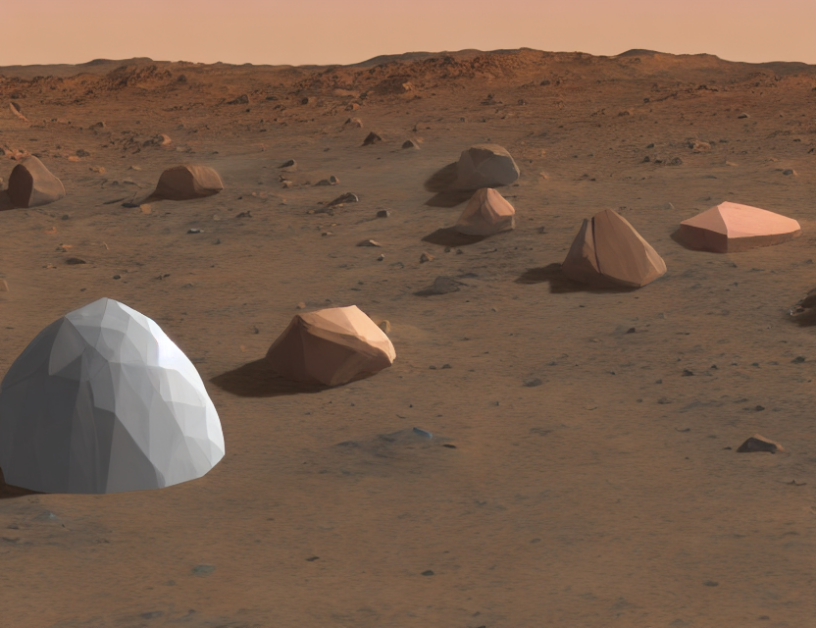The Martian ionosphere is a region of charged particles that extends from the surface of Mars up to an altitude of about 1,000 km. It’s created by the interaction between the solar wind and the Martian atmosphere. When the solar wind pressure is low, the ionosphere is unmagnetized, meaning it doesn’t include much of the external magnetic field. This allows the ionosphere to expand and fill more of the Martian sphere.
When the solar wind pressure is high, the ionosphere becomes magnetized, meaning it includes a lot of the external magnetic field. This causes the ionosphere to shrink and become more compact. The structure of the ionosphere can be compared to a layer cake, with the solar wind as the batter and the Martian atmosphere as the layers.
The properties of the ionosphere are important for understanding how Mars’ atmosphere behaves in different conditions. For example, the ionosphere plays a role in protecting Mars from harmful radiation from the sun, and it also affects the planet’s climate by trapping heat. By studying the ionosphere, scientists can gain insights into the complex interactions between the Martian atmosphere and the solar wind.
One of the challenges of studying the Martian ionosphere is that it’s difficult to measure directly. Scientists often use indirect methods, such as observing the effects of the ionosphere on other parts of the planet’s atmosphere. For example, they can use radar signals to measure the pressure of the ionosphere by observing how the signals are affected as they travel through the atmosphere.
In summary, the Martian ionosphere is a complex and dynamic region that plays a crucial role in Mars’ climate and atmosphere. Understanding its properties and behavior is essential for understanding how Mars works and how it interacts with the solar wind.
Mars’ Ionopause: A Matter of Pressures



